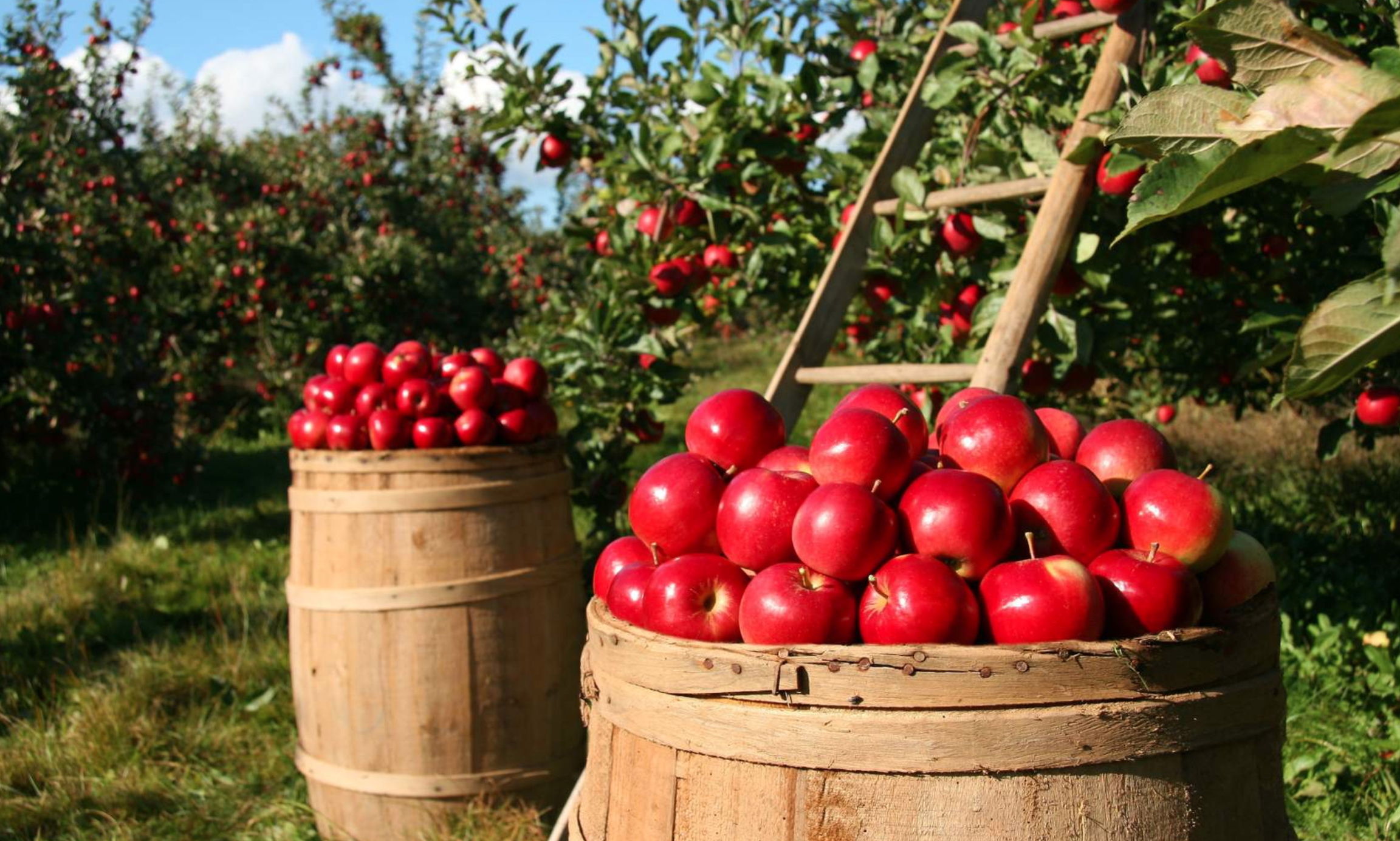Food production - the other side of the coin
Energy consumption is responsible for three-quarters of our GHG emissions, and to reach net-zero emissions, we must use it more efficiently and convert our use to renewable forms of energy.
The remaining one-quarter of GHG emissions come primarily from our food production, and the focus of this lesson is to understand what we can do to reduce this.
The GHG emissions related to food production are significant as they are currently responsible for the following
- approximately 18% of CO2 emissions
- approximately 56% of the remaining GHG (methane, nitrous oxide and ground-level ozone).
While we must strive to reduce our current GHG emissions from food production, in parallel, we must also lift approximately 800 million people out of poverty and hunger and feed another 2 to 3 billion new citizens by 2050. This increase in demand for food will require some 50% more food.
Therefore, the challenge with food production is to produce nutritious food for an increasing population while reducing the negative impact on the environment and the climate. To face this challenge, we need to change our current food production methods from one which emits CO2 to ways that absorb/sequesters carbon.
In this lesson, we will examine why food production contributes to climate change so that we learn how we can change that. We will identify food types with large and small GHG footprints so we can prioritise our food consumption accordingly. Finally, we will examine the scale of food waste, its related GHG emissions, and how we can limit these.


